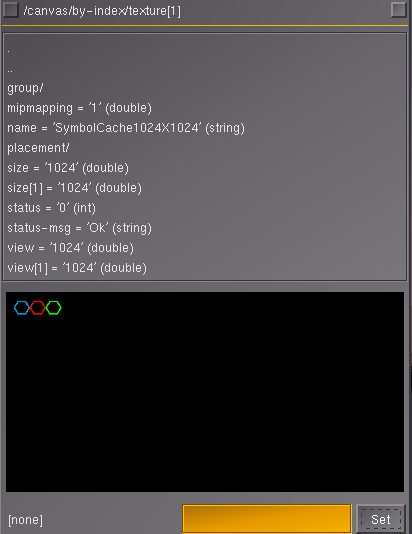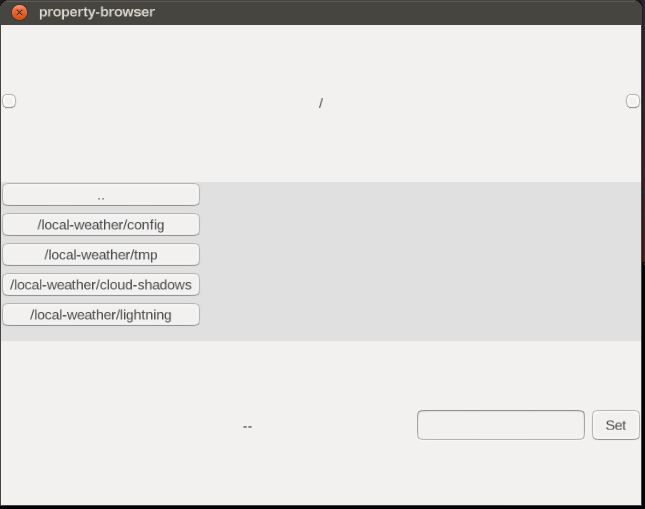Florent also mentioned your talks about using this for the updated addon framework - for the namespace issue, you can check if it's "new" (nil) or previously defined, and log a warning to the console, especially if a reloadable module is loaded into an existing namespace, using the directory() API you could also get a list of files in $FG_ROOT/Nasal and use those to create a vector with a blacklist of module names, so that people don't run into that problem.
Apart from that, wrapping _setlistener/_settimer and maketimer respectively per module via overloading, is rather powerful, because you can provide statistics per module for the number of timers/listeners registered, as well as actual invocations, by using a counter in the outer closure - that way, developers can much more easily see what's going on, e.g. also using debug.benchmark()
EDIT: Referring to your wiki update:
http://wiki.flightgear.org/index.php?ti ... did=121650- Code: Select all
# First living example is the canvas_efis framework which can be included into an aircraft with a single line of code:
var efis_module = modules.load("canvas_efis");
That's actually very compact and elegant, and I believe it'd be worthwhile to explore if the MapStructure/ND stuff we once added, could be also loaded that way given your current framework.
This should free up resources for people who don't need the MapStructure/NavDisplay modules loaded, and it would also unify the code, because we implemented module reloading manually, so that MapStructure layers could be easily reloaded on demand, i.e. at runtime - for faster prototyping/testing.
I am not sure if you are familiar with MapStructure, but it's not exactly "typical" Nasal code, it's using a few sophisticated concepts, but other than that, it'd be good for FlightGear if unneeded modules could also be loaded on demand, especially for people on hardware lacking resources.
MapStructure uses the MVC pattern to use a set of 3 different files per "map layer": one to control the layer, one to control/draw and load drawable symbols.
And since you've also been working on EFIS-related functionality, the structural changes needed by Modules.nas to support MapStructure/ND stuff, could also benefit your EFIS work, e.g. to support loading EFIS related functionality on demand ?
PS: You might want to version your framework, so that you can safely make changes that may break backward compatibility without having to worry about it, i.e. people using the new/updated version of your framework, could simply tell the framework explicitly, while people who haven't yet updated their code, can continue to use it "as is".



